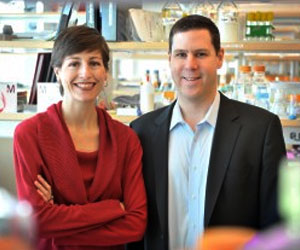Microarray technology that can search millions of chromosomes quickly allows better diagnosis of previously undetected cases of acute myelogenous leukemia.

Genetic abnormalities, inherited and/ or induced by exposure to carcinogens are believed to cause blood cancer. Researchers led by Dr. Ravindra Kolhe, molecular pathologist at the Medical College of Georgia at Georgia Regents University opine that the current technology used in diagnosis can’t identify “specifically what’s wrong.” Proper identification of the causative genes is required for a more targeted therapy.
Nearly half the patients with AML are said to have normal chromosomes; but this often doesn’t clinically correlate well. "(Cytogenetically normal patients) show a normal chromosomal picture but they are clearly sick," says Kolhe. Currently what pathologists do is, they take about 20 leukemia cells from patients, and extract the chromosomes on to a slide. Then examination is performed using microscope and in-situ hybridization technology. This aids in the detection of small deletions or rearrangements.
Kolhe and his team employed CytoScanHD microarray technology that can search millions of chromosomes and found the unique pattern in the cancer cells of 22 AML patients previously identified as ‘cytogenetically’ normal. Cell contents were then put on a computer chip with 2.7 million genetic probes. On examination, previously undetected changes in the DNA became apparent.
This new approach to testing blood cancer may be herald a new revolution in the diagnosis and treatment of cancer. "This is a total game changer," Kolhe said.
References: Medical College of Georgia at Georgia Regents University












